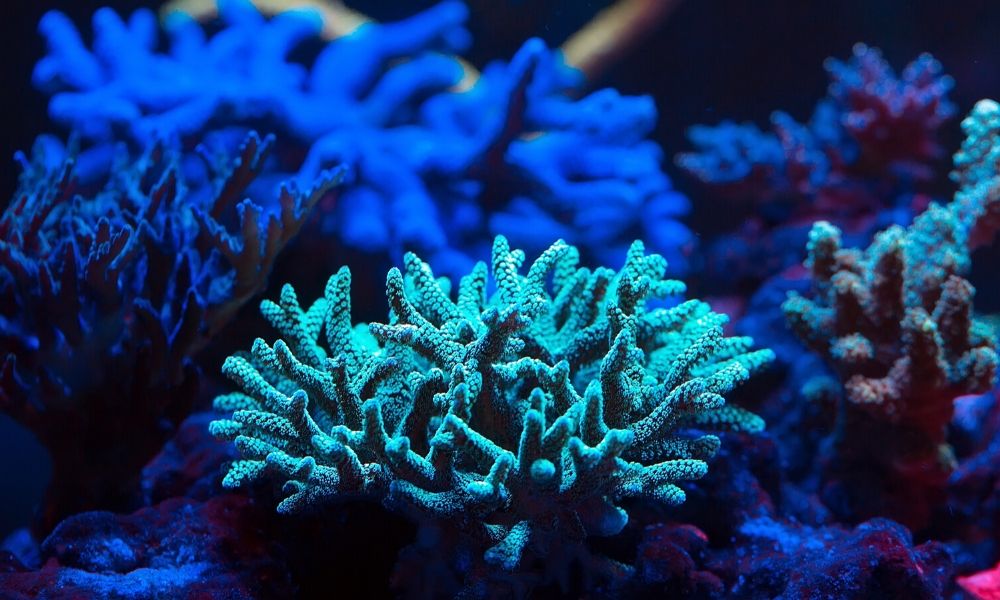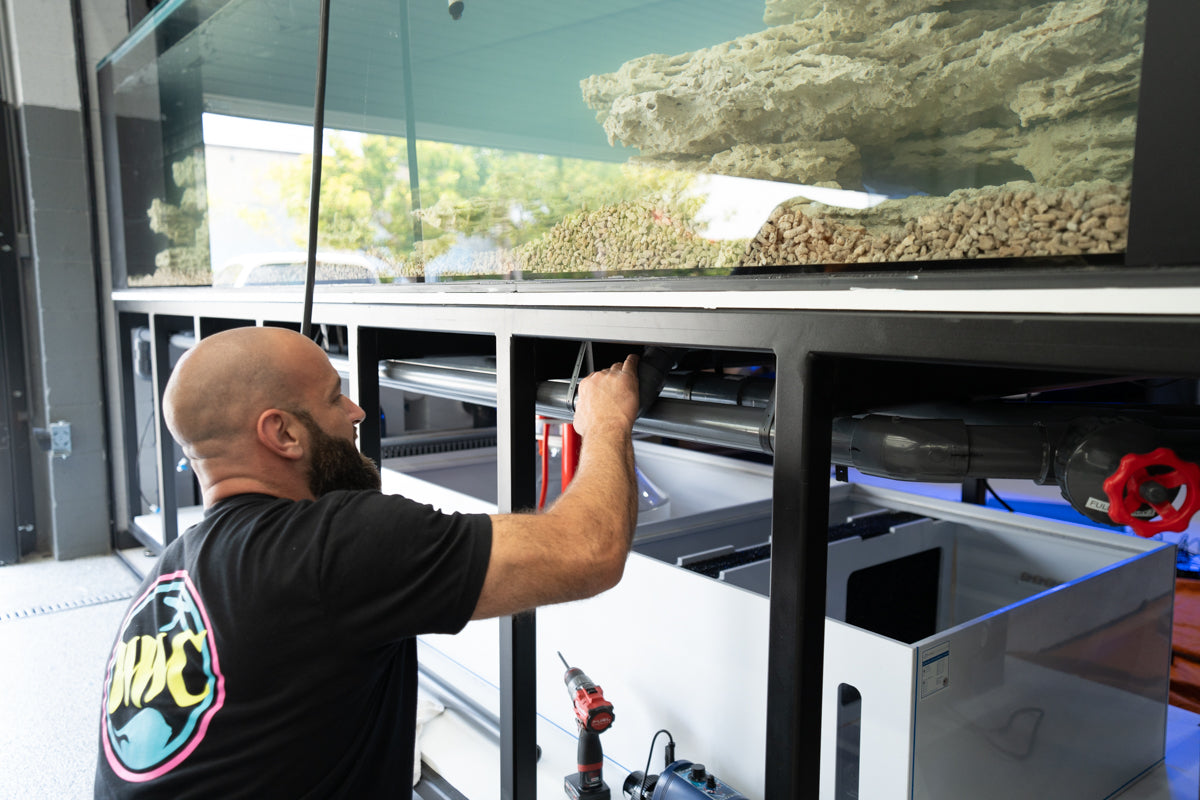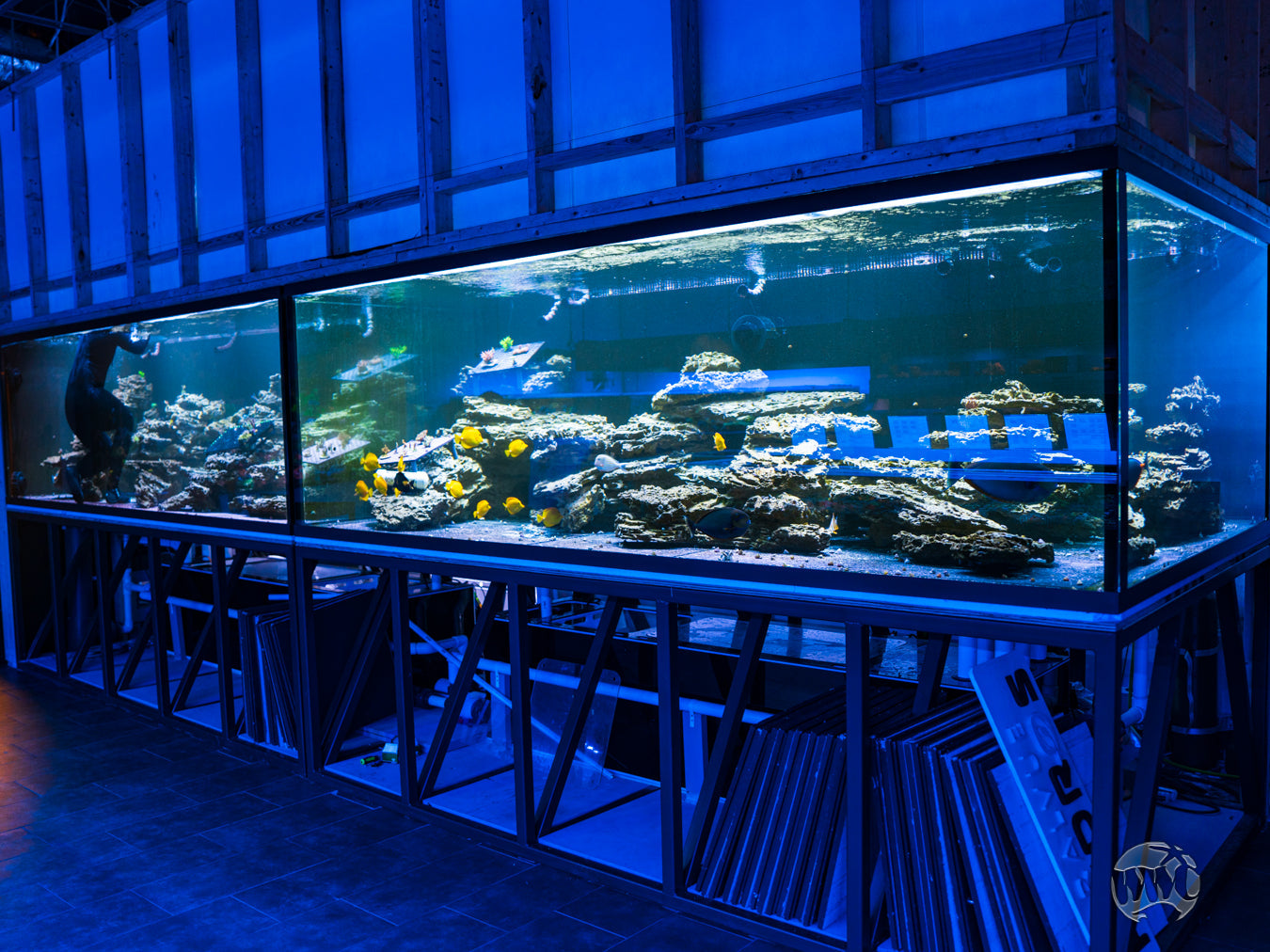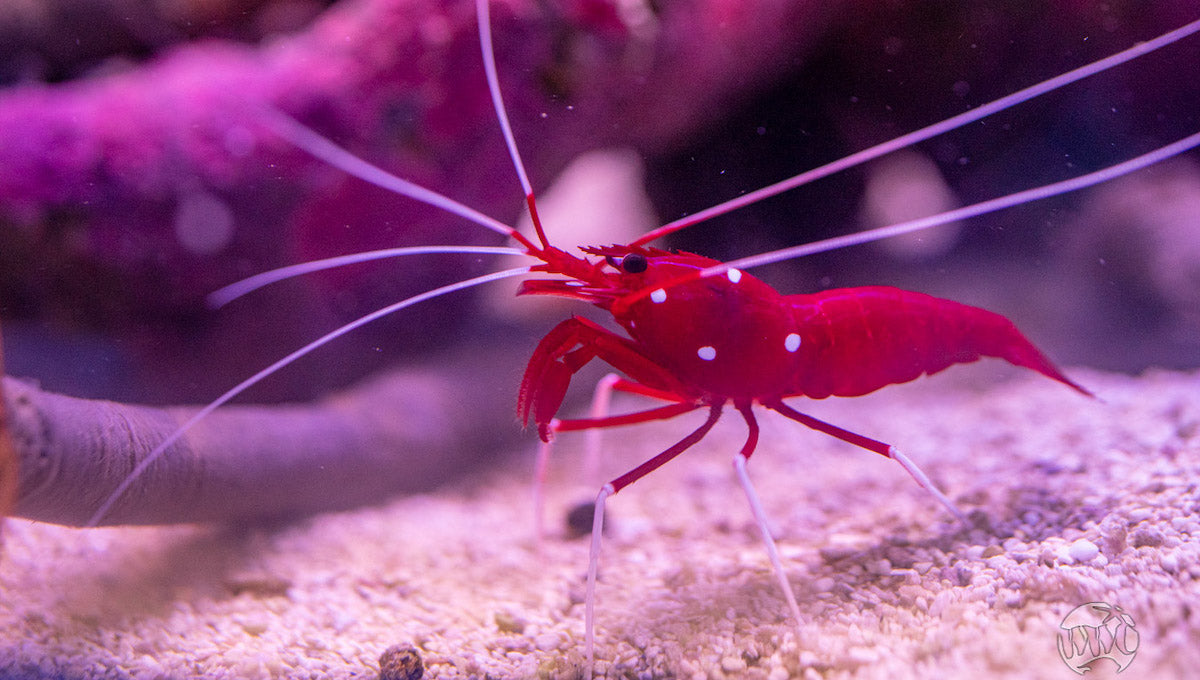
Ranging from the deepest blues to the most startling pinks and reds, the coral reef’s colors are the main event during any diving or snorkeling trip. But their breath-taking sights lead a lot of visitors to ask about what creates these brilliant colors. Reef aquarium owners want to know the answer to this question as well so they can incorporate this natural wonder into their own home. Learn what influences coral coloration and how you can recreate these factors in your tank.
UV Light
The pigment that colors our corals is actually algae called zooxanthellae. In exchange for shelter and protection, these organisms supply the coral with chlorophyll and nutrients while simultaneously providing them with vivid colors. That said, zooxanthellae come in a variety of types and, depending on the kind, they can be susceptible to UV rays. In large doses, UV rays can destroy coral tissue, making them turn shades of blue, purple, or pink to protect themselves.
Light Intensity
The intensity of the light also plays a key role in affecting the coral color. Since zooxanthellae use this light to create energy and nutrients for the coral, receiving high amounts of light can result in brighter colors. While lower intensity lighting can slow the production of nutrients and generate a darker color coral.
Changes in the Color Spectrum
When lighting your tank, it’s also important to note that the color spectrum you choose will affect how your corals appear. For instance, light leaning toward the blue range will produce brighter fluorescent colors that aren’t visible when using the full spectrum of lighting. To obtain the best color variation in your tank, many professionals recommend you use a lighting system that’s about 50 percent white light and 50 percent blue light.
For the most colorful and vibrant tank corals you’ve ever laid your eyes on, reach out to World Wide Corals. Our collection of rainbow montipora for sale can supply any reef tank with a diverse array of growth designs as well as a plethora of unique colors. With them as your centerpiece, you’re sure to create an eye-catching display.




